The iPhone 6 Review
by Joshua Ho, Brandon Chester, Chris Heinonen & Ryan Smith on September 30, 2014 8:01 AM EST- Posted in
- Smartphones
- Apple
- Mobile
- iPhone 6
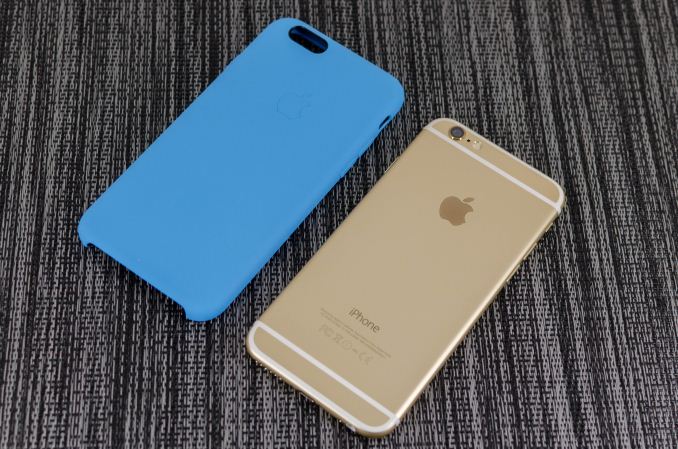
With every launch of the iPhone, Apple seems to have everything to lose and not much to gain. Apple’s iPhone line accounts for the majority of profits in the smartphone space, and as the smartphone market marches towards maturity it seems inevitable that companies like Xiaomi will be able to deliver largely similar experiences at much lower prices. The same once happened with Apple in the days of the PC industry where Apple approached irrelevance. Yet generation after generation, Apple seems to be able to hold on to a majority of profit share, and they’ve managed to tenaciously hold on to their first-mover advantage.
This brings us to the iPhone 6. This is now the eighth generation of the iPhone, and the fifth generation of the iPhone’s industrial and material design. We should note right now that this review is specifically for the iPhone 6; for the iPhone 6 Plus, please see our iPhone 6 Plus companion review. At this point, it’s not really possible to revolutionize the smartphone, and on the surface, the iPhone 6 seems to be directly inspired by the iPod Touch. However, instead of the chamfered edge where the display meets the metal unibody we see a continuous curve from the sloping glass to the metal unibody that looks and feels great. While the M8 was one of the best phones for in-hand feel, the iPhone 6 goes a step further due to the reduced weight and rounded side. I've always felt like the HTC 8X had one of the most compelling shapes for a phone, and the incredibly thin feel of the iPhone 6 definitely reminds me of that.
Along the left side, we see the standard volume buttons and mute switch that continue to have the same solid feel and clean clicking action. As I discuss in the iPhone 6 Plus review, going by Consumer Reports' data it seems that there is a weak point near the bottom of the volume rocker, although it's far less likely to be an issue on the iPhone 6 due to its smaller size. Along the top, there isn’t a power button because it’s been moved to the right side of the phone so there’s nothing notable on the top.
On the right side, we see the previously mentioned power button and also the SIM tray, which is ejected by inserting a pin into the eject hole. Similarly to the volume buttons, the power button has a solid feel that gives a distinct click when triggered and continues to be quite unique when compared to phones other than recent iPhones.
The bottom has the Lightning connector, speaker, a microphone, and 3.5mm headset jack. The placement and design of all these elements are largely similar if not shared directly with the iPod Touch.
The back of the phone continues to share elements from the iPod Touch. The camera, microphone, and LED flash are almost identical in their appearance, even down to the camera hump’s design. The LED flash does look different to accommodate the second amber flash, but the shape is identical. The only real difference is that the antennas of the iPhone 6 are the metal pieces on the top and bottom, with the associated plastic lines instead of a plastic RF window.
The front of the phone is decidedly more similar to the iPhone 5s though, with the Touch ID home button. While the earpiece hasn’t moved, it seems that the front facing camera has been moved back to the left side of the earpiece, and the sensors for light and proximity are now above the earpiece. For the most part, there’s not much to comment on here but after using the iPhone 6 for an extended amount of time I’m definitely sure that the home button is relatively closer to the surface of the display glass than before. In addition, the home button has a dramatically improved feel, with short travel, clean actuation, and a reassuring click in most cases.
Overall, while I was undecided at the launch of the iPhone 6 I definitely think the look of the new iPhone has grown on me. The camera hump’s accent serves as an interesting design touch, and the feel of the design is definitely much more comfortable and ergonomic than before. I’m not really sure that the extra reduction in thickness was necessary, but it does make for a better first impression. In the launch article I was a bit surprised that Apple chose to have a camera hump but given the fact that the iPod Touch has the same design it seems that there is precedent for such a move. I personally feel that the design wouldn’t be worse by increasing thickness to eliminate the hump and improve battery life as a result.
Apple has also introduced a new silicone case, which brings a lower price point than the leather cases. Surprisingly, this is a rather high quality case, and as far as I can tell it doesn’t carry any of the issues that silicone cases traditionally have. There’s a nice lip to make sure that the display glass doesn’t touch a surface if the phone is put face down, and the material doesn’t seem to stretch or attract pocket lint the way most silicone cases do.
There’s definitely a lot more to talk about though, and to get a sense of the major differences I’ve put together our usual spec table below.
| Apple iPhone 5s | Apple iPhone 6 | Apple iPhone 6 Plus | |
| SoC | Apple A7 | Apple A8 | Apple A8 |
| Display | 4-inch 1136 x 640 LCD | 4.7-inch 1334 x 750 LCD | 5.5-inch 1920 x 1080 LCD |
| WiFi | 2.4/5GHz 802.11a/b/g/n, BT 4.0 | 2.4/5GHz 802.11a/b/g/n/ac, single stream, BT 4.0, NFC | |
| Storage | 16GB/32GB/64GB | 16GB/64GB/128GB | 16GB/64GB/128GB |
| I/O | Lightning connector, 3.5mm headset | ||
| Size / Mass | 123.8 x 58.6 x 7.6 mm, 112 grams | 138.1 x 67 x 6.9 mm, 129 grams | 158.1 x 77.8 x 7.1 mm, 172 grams |
| Camera |
8MP iSight with 1.5µm pixels Rear Facing + True Tone Flash 1.2MP f/2.4 Front Facing |
8MP iSight with 1.5µm pixels Rear Facing + True Tone Flash 1.2MP f/2.2 Front Facing |
8MP iSight with 1.5µm pixels Rear Facing + True Tone Flash + OIS 1.2MP f/2.2 Front Facing |
| Price | $99 (16GB), $149 (32GB) on 2 year contract | $199 (16GB), $299 (64GB), $399 (128GB) on 2 year contract | $299 (16GB), $399 (64GB), $499 (128GB) on 2 year contract |
As you can see, this is a major release even at a high level. While the design might take some inspiration from the iPod Touch, the hardware is a completely different beast. There’s a new SoC, the A8; the iPhone 6 also includes a bigger and better display, newer WiFi module, bigger battery, and a better camera. Of course, there’s a lot more to the story of the iPhone 6 than a spec sheet. The first major difference that we’ll talk about is the SoC.


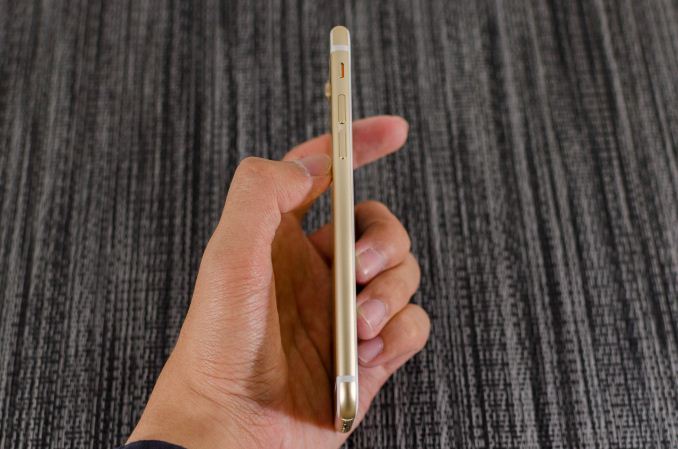
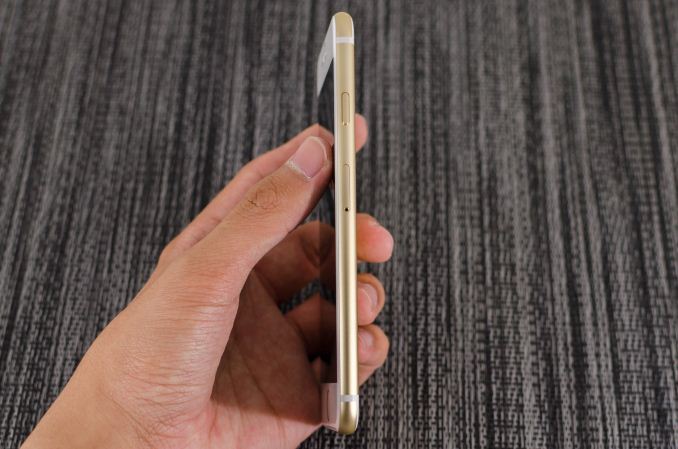
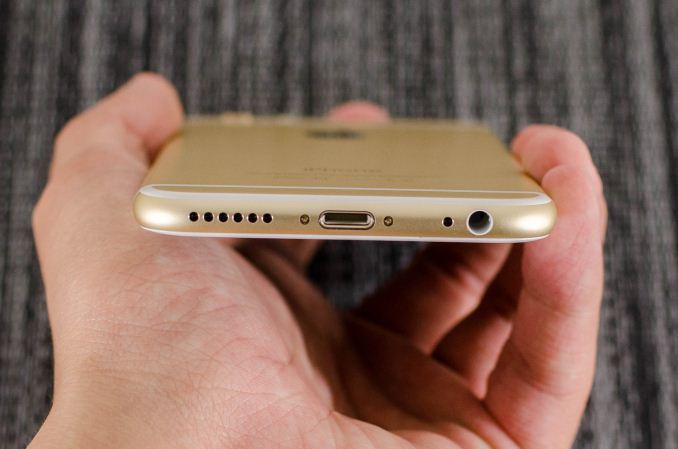
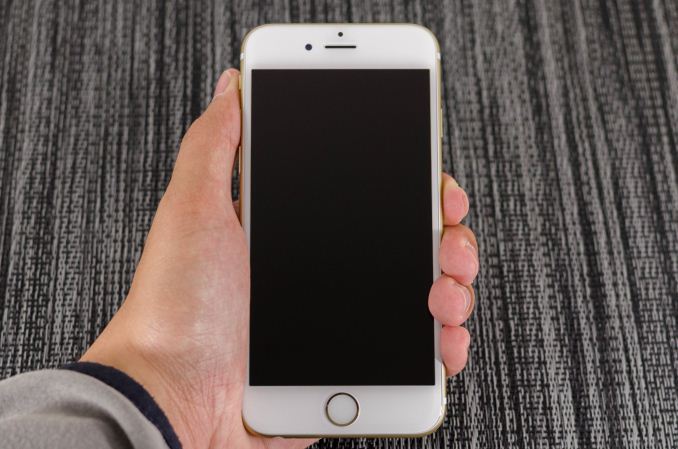
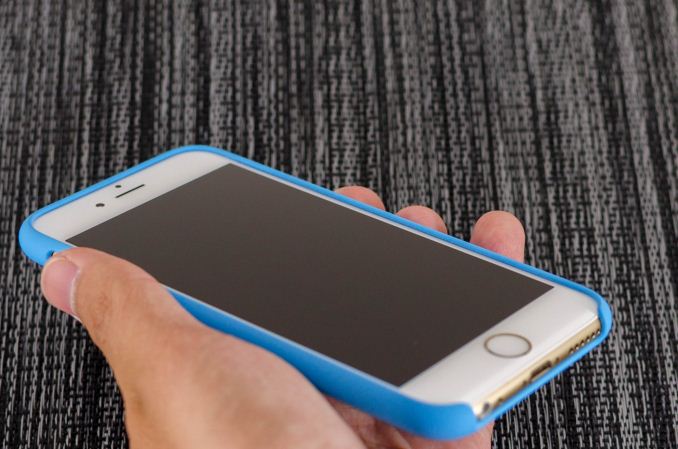








531 Comments
View All Comments
MagickMan - Tuesday, September 30, 2014 - link
It seems like an amazing phone, but there's no effing excuse for only having 1GB of RAM. Multitasking with the 5S was poor and Safari web page reloads were constant for me, and anything that needlessly wastes my data plan is extremely annoying.hatty - Tuesday, September 30, 2014 - link
You'll see my question posted in these comments. But, I don't understand how more RAM would lead to better multitasking. For the first handful of apps in the multitasking window, I believe they are all stored in RAM. Maybe if one is playing a game or editing a video while multitasking, I can see some performance issues with memory swapping. But, for my day to day use with light gaming and no video editing, 1Gb of RAM is perfect.rUmX - Tuesday, September 30, 2014 - link
So you're saying you wouldn't appreciate an increase in system memory?Laxaa - Tuesday, September 30, 2014 - link
I guess he's beeing apologetic. But with the introduction of the 6+ and more "tablet like" features, having only 1GB of RAM is going to hurt in the long run.akdj - Friday, October 3, 2014 - link
Interesting. My iPad Air is still FLYING! I do edit video, I manipulate photos, play games and tend to use Mercury Pro or iCab as my browser of chooce though some awesome improvements have been made with Safari. With LTE and WiFi a,b,g,n and AC, a decent ISP @ home the instantaneous repopulation of a website is 'immediate'. No waiting involved. Not sure which developer is pushing Any Software with RAM limitations in iOS. As this IS the highest, fastest and latest silicon found on an iOS device. Some of the graphic and landscape design they're doing with Metal (see the Unreal 4 engine) is absolutely mind bending ....for a measly GB of RAM.When it comes to 'tablet like features' iOS has Android buried in the dirt. There's a few hundred optomized tab apps for Android. A few hundred thousand 'optimized' iOS tab apps. That's one of the annoyances I've got with my Note 3. Phone apps 'stretched' to fill the display.
mrochester - Tuesday, September 30, 2014 - link
Not if it doesn't benefit me as the user. More RAM for the sake of more RAM is just pointless and wasteful.savage_detective - Tuesday, September 30, 2014 - link
it will never matter if it has too much ram. now if it has too little ram...seriously, when did it become a thing to hate more ram? its not like the phone would cost significantly more with an extra gig. Or start operating badly...embrace the ram, it lets you do MORE THINGS.
Hemlocke - Tuesday, September 30, 2014 - link
It's not the monetary cost, it's the constant power cost, in use and at idle. If there is a need for more, then fine, but performance isn't being impacted, nor is battery life, which there would be if it had 3GB.Consider your daily use. What do you get, 5-8 hours screen-on time? That means that the extra RAM is consuming your finite amount of power two-thirds of every day. Couple that with inefficient 2012 Qualcomm architecture, and you will see an idle power-consumption impact.
MonkeyHood - Wednesday, October 1, 2014 - link
A non-trivial impact? Can you list some numbers?Besides, (assuming you browse the web) safari will need to reload tabs if you have a couple open and a few apps. Can you compare how much energy it costs to use the radios vs having the page STILL in RAM?
shaolin95 - Tuesday, September 30, 2014 - link
Meh